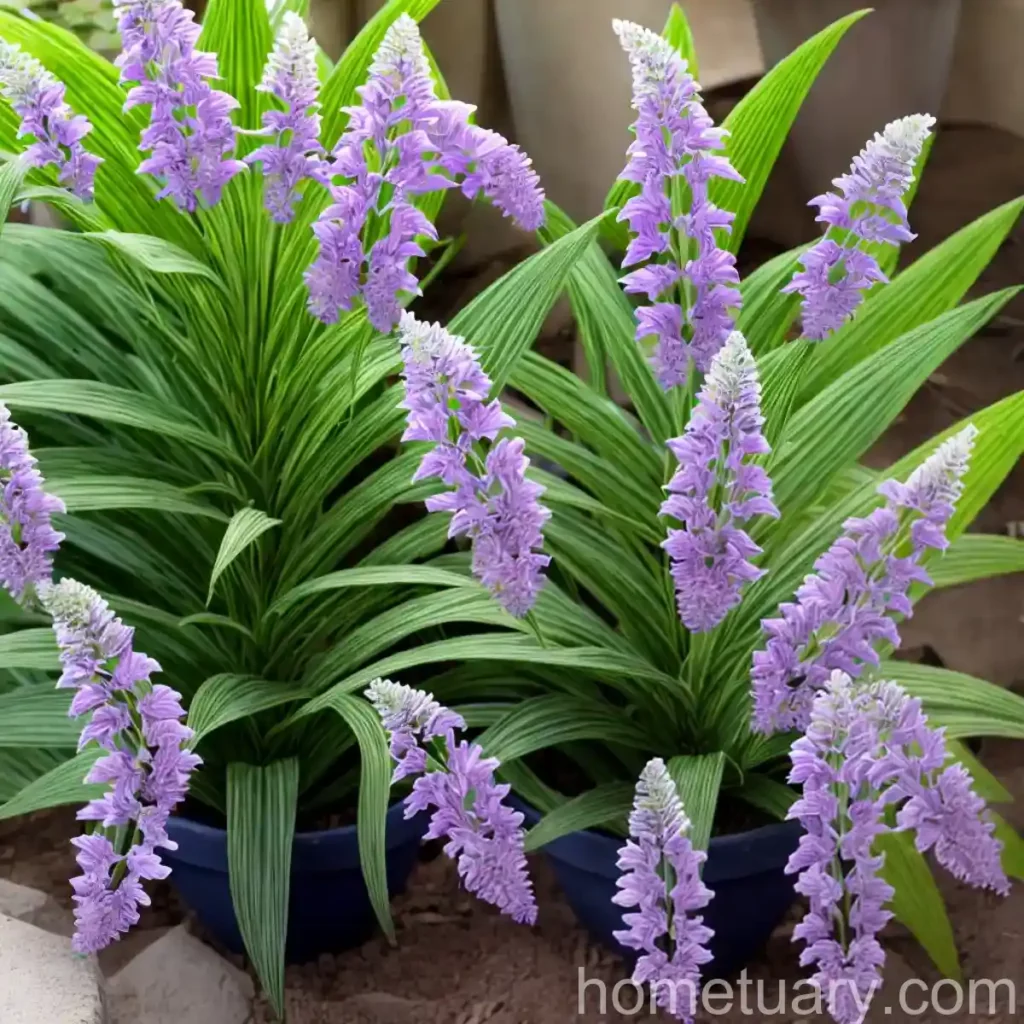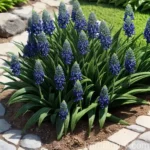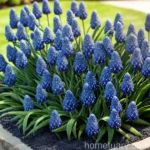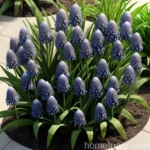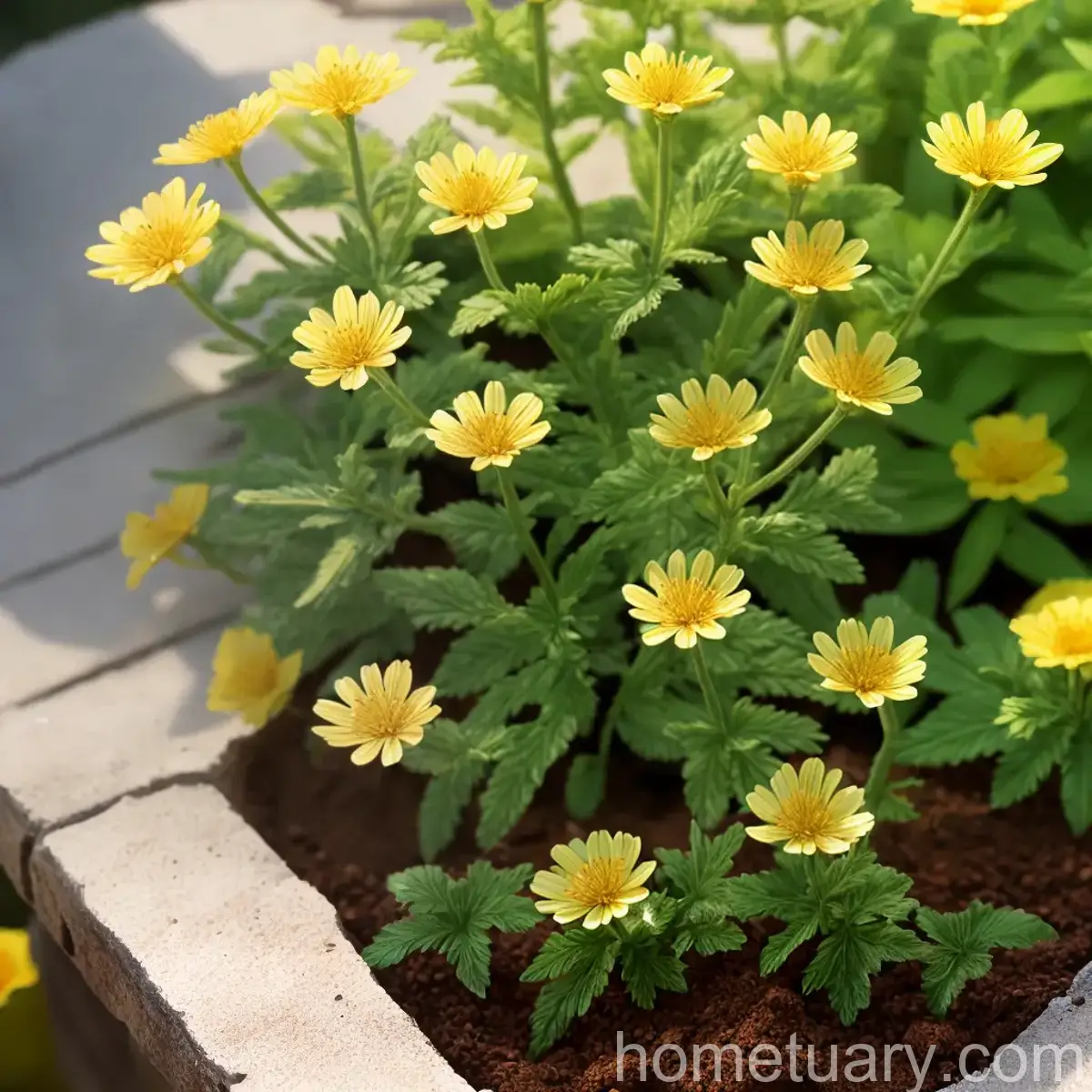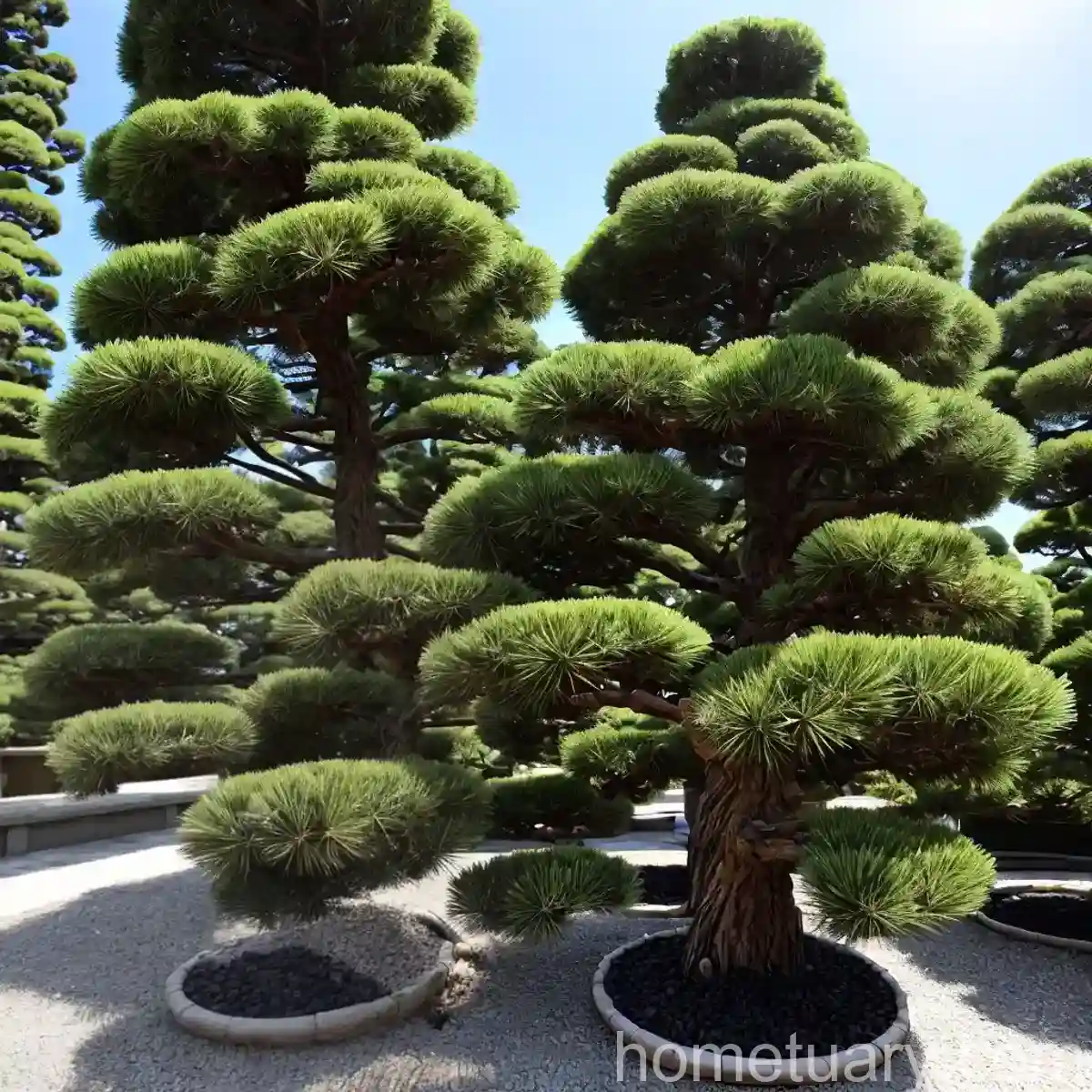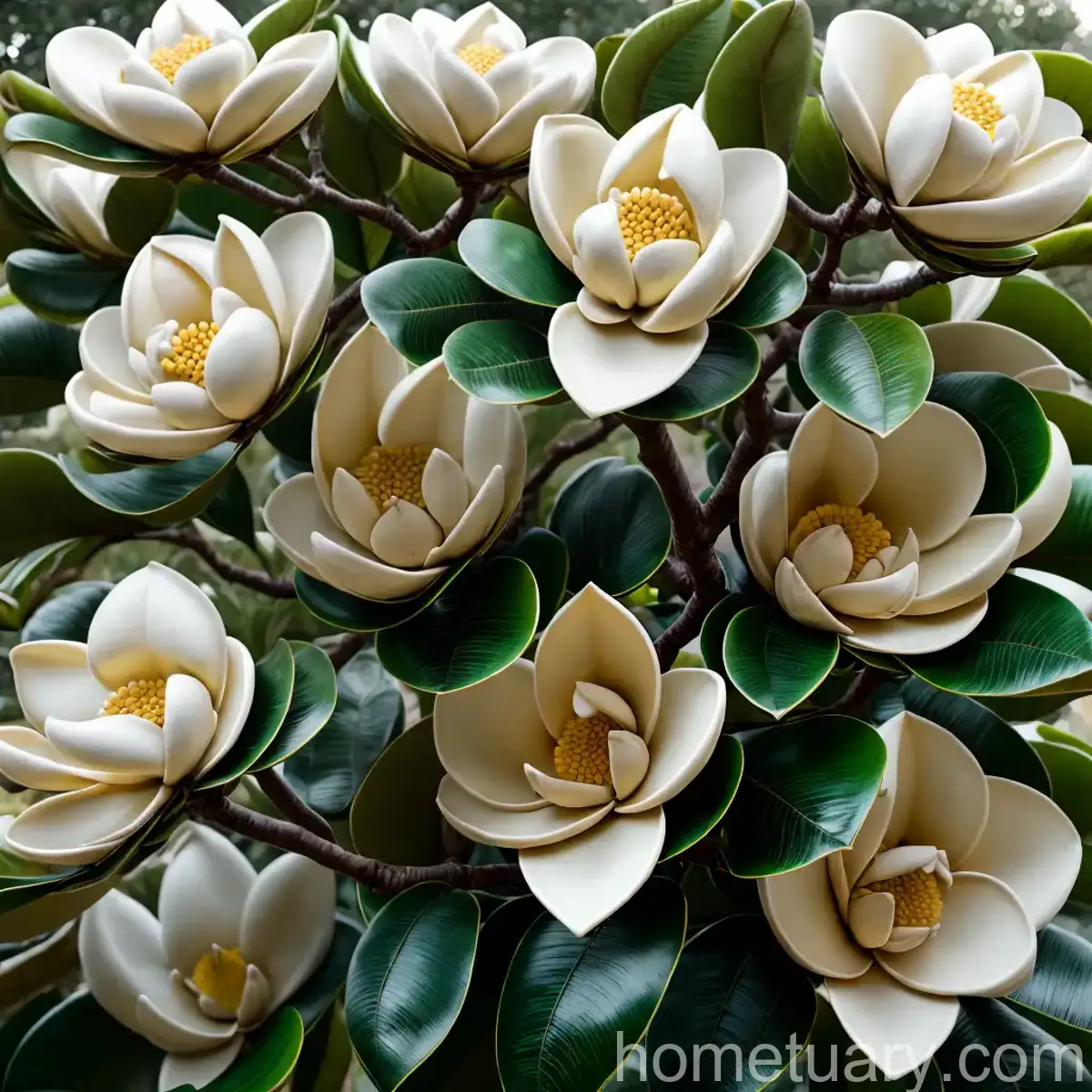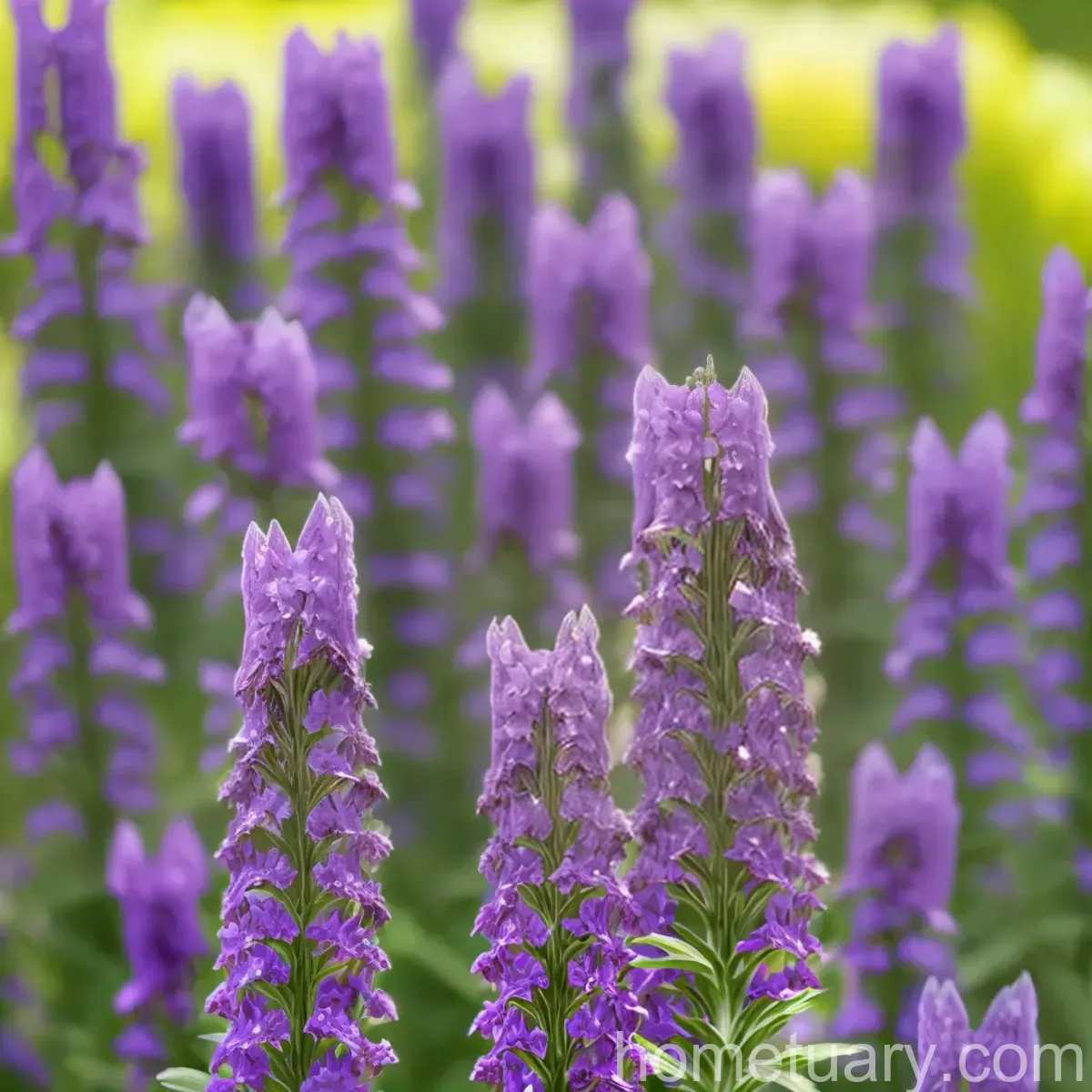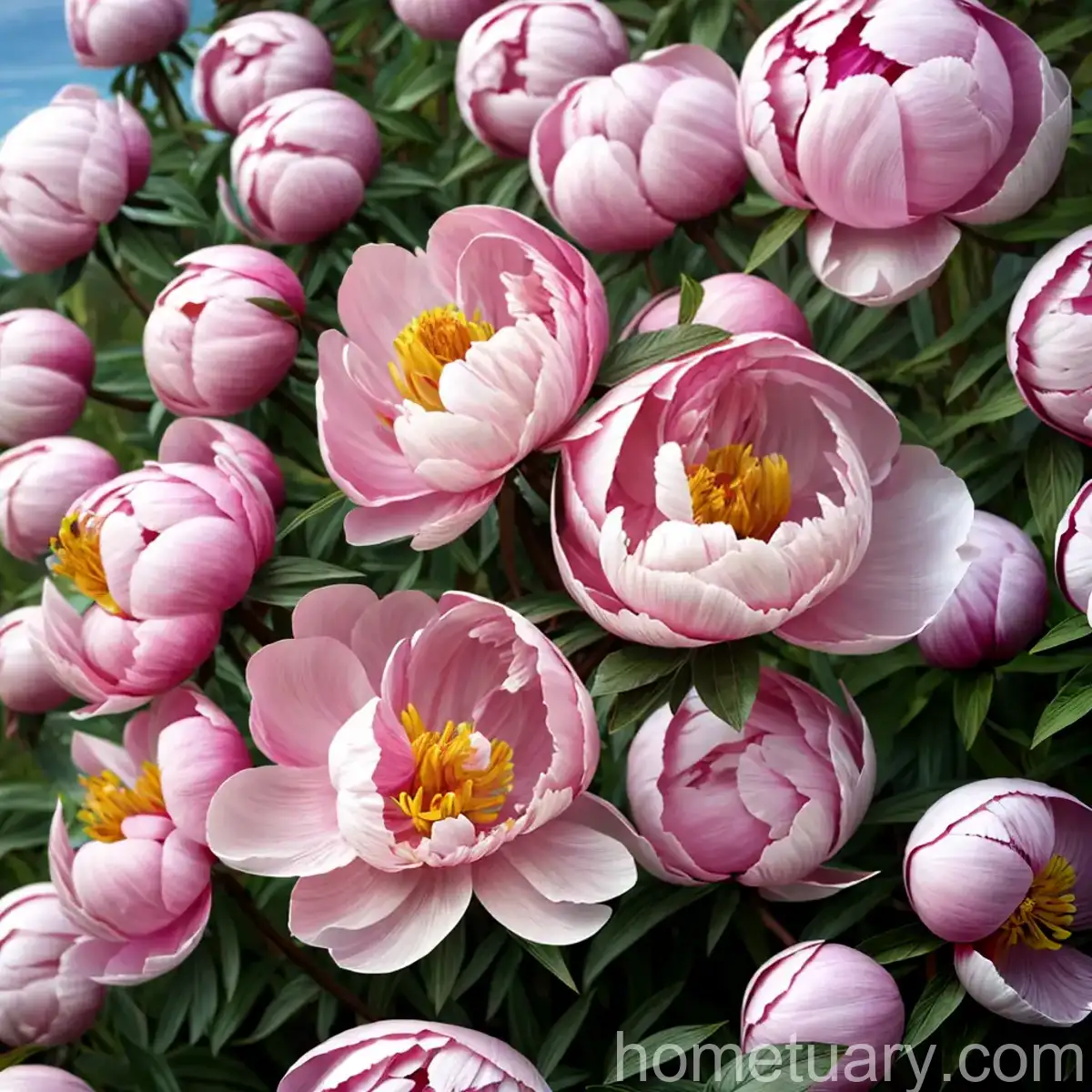Creeping Liriope (Liriope spicata): An In-Depth Guide
Plants are incredibly diverse and the creeping liriope (Liriope spicata) is no exception. Also known as creeping lilyturf, this plant is a versatile ground cover that is valued for its attractive foliage, low maintenance requirements, and ability to thrive in a variety of growing conditions. In this comprehensive guide, we will delve into all aspects of the creeping liriope, from its culture and uses to common diseases and pests. Whether you are a seasoned gardener or just starting out, this guide will equip you with the knowledge to successfully grow and care for the creeping liriope in your garden.
What is Plant: Creeping Liriope (Liriope spicata)?
The creeping liriope, scientifically known as Liriope spicata, is a species of flowering plant in the asparagus family, Asparagaceae. Native to East Asia, this perennial plant is renowned for its dense, spreading habit and grass-like, arching leaves. It produces delicate, lavender to white flower spikes in late summer, adding a touch of elegance to its surroundings. Creeping liriope is highly valued as a ground cover due to its ability to form a lush carpet of foliage, making it an excellent choice for creating borders, edging, or filling in spaces between larger plants.
Key Takeaways – Creeping Liriope (Liriope spicata)
Before we delve into the specifics of caring for creeping liriope, let’s highlight some key takeaways about this versatile plant:
- Creeping liriope, also known as creeping lilyturf, is a perennial plant prized for its dense, spreading habit and attractive, grass-like foliage.
- It is an excellent ground cover, suitable for borders, edging, erosion control, and filling in spaces between larger plants.
- Creeping liriope is low-maintenance and thrives in a variety of growing conditions, making it a popular choice for both experienced and novice gardeners.
- Its delicate flower spikes, which appear in late summer, add a touch of charm to the landscape.
- Liriope spicata is a versatile plant that is equally at home in full sun or partial shade, making it adaptable to diverse garden settings.
With these key points in mind, let’s explore the various aspects of cultivating and caring for creeping liriope.
Culture
Cultivating creeping liriope is relatively straightforward, as it is a resilient plant that adapts well to different environments. Understanding its cultural requirements is essential for ensuring its optimal growth and development.
Uses
The creeping liriope is valued for its versatility and is commonly used in the following ways:
- Ground Cover: Its spreading habit and dense foliage make it an excellent ground cover for borders, edging, and filling in spaces between other plants.
- Erosion Control: The extensive root system of creeping liriope helps to stabilize soil on sloped areas, making it an ideal plant for erosion control.
- Landscape Planting: Creeping liriope is often used in landscape designs to create lush, low-maintenance plantings.
- Container Planting: Its adaptability to containers makes it a valuable addition to patio planters and mixed container gardens.
Water
Creeping liriope is relatively drought-tolerant once established, but regular watering is essential for its initial establishment and during prolonged dry spells. When growing creeping liriope, it is crucial to provide consistent moisture, especially during the first growing season. Aim to keep the soil evenly moist, but not waterlogged, to promote healthy root development and robust growth.
Sunlight
One of the great advantages of creeping liriope is its adaptability to varying light conditions. It thrives in both full sun and partial shade, making it suitable for a wide range of garden settings. When grown in full sun, creeping liriope tends to produce more flowers, while in partial shade, its lush foliage remains attractive.
Fertilizer
Creeping liriope is not overly demanding when it comes to fertilization. A balanced, slow-release fertilizer applied in spring is generally sufficient to support its growth and vigor. Use a granular fertilizer designed for ornamental plants and follow the manufacturer’s recommendations for application rates. Avoid over-fertilization, as excessive nutrients can lead to lush foliage at the expense of flower production.
Soil
Well-draining soil is crucial for the health and success of creeping liriope. It thrives in a range of soil types, including loamy, sandy, or clay soils, as long as they offer good drainage. Before planting, amend heavy or compacted soils with organic matter, such as compost or peat moss, to improve soil structure and drainage. A slightly acidic to neutral soil pH in the range of 6.0 to 7.5 is ideal for optimal growth and nutrient uptake.
Pruning
Pruning requirements for creeping liriope are minimal, making it an attractive choice for low-maintenance landscapes. In late winter or early spring, remove any tattered or discolored foliage to encourage fresh growth. Additionally, trim back the old flower spikes to maintain the plant’s aesthetic appeal and allow room for new growth. Regular removal of spent foliage and flowers helps to keep the plant looking tidy and prevents the buildup of debris.
Propagation
Propagating creeping liriope is relatively simple and can be achieved through division or seed. Division is the most common method and is typically carried out in early spring as new growth emerges. Dig up established clumps and use a sharp knife or spade to divide them into smaller sections, ensuring each division has a good portion of roots attached. Replant the divisions at the same depth as the original plant, water thoroughly, and provide appropriate care to support their establishment.
Container Popularity
The adaptability of creeping liriope to container planting adds to its popularity among gardeners. Its ability to thrive in containers makes it a versatile choice for patio planters, mixed container gardens, and urban landscapes. When growing creeping liriope in containers, select a well-draining potting mix and ensure that the containers have drainage holes to prevent waterlogging. Regular watering and a balanced fertilizer regimen will support healthy growth and vibrant foliage in container-grown creeping liriope.
Now that we have covered the cultural aspects of creeping liriope, let’s dive into some additional information on its popularity, common diseases, and pests.
Popularity
Creeping liriope is a sought-after plant due to its numerous attributes, which make it a valuable addition to various garden settings. The following are some factors contributing to its popularity:
- Versatility: Its ability to thrive in diverse light conditions and soil types makes it a versatile choice for a wide range of landscapes.
- Low Maintenance: Creeping liriope requires minimal care once established, making it an appealing option for busy gardeners and low-maintenance landscapes.
- Attractive Foliage: Its dense, grass-like foliage provides year-round interest and serves as an appealing ground cover or border plant.
- Erosion Control: The extensive root system of creeping liriope makes it a valuable asset for stabilizing soil on slopes and controlling erosion.
- Container Planting: Its adaptability to container planting expands its utility in urban and small-space gardens, as well as patios and balconies.
Common Diseases
While creeping liriope is generally disease-resistant, it can occasionally fall victim to certain issues that can compromise its health and appearance. Being aware of common diseases and their management is crucial for maintaining the vitality of creeping liriope in the landscape. Some common diseases of creeping liriope include:
- Anthracnose: A fungal disease that can cause leaf spots, blighting, and stem cankers. Ensure good air circulation and avoid overhead watering to mitigate the risk of anthracnose.
- Rhizome Rot: Excessive moisture and poor drainage can lead to rhizome rot, which manifests as rotting and discolored rhizomes. Improve drainage and avoid overwatering to prevent this disease.
- Leaf Spot: Various fungal pathogens can cause leaf spot diseases on creeping liriope, resulting in unsightly blemishes on the foliage. Remove and destroy affected leaves to prevent the spread of the disease.
Disease Diagnosis
Diagnosing diseases in creeping liriope involves careful observation of its symptoms and understanding the environmental factors that may contribute to disease development. When encountering potential disease issues, consider the following steps for accurate diagnosis and effective management:
- Symptom Identification: Observe any abnormalities in the leaves, stems, or flowers, such as spots, discoloration, wilting, or rot.
- Environmental Assessment: Evaluate environmental conditions, such as moisture levels, air circulation, and soil drainage, that may create favorable conditions for disease development.
- Consultation: Seek advice from local extension services, plant pathologists, or experienced gardeners to obtain a precise diagnosis and relevant management strategies.
Common Pests
In addition to diseases, creeping liriope may be susceptible to pest infestations that can compromise its growth and appearance. Being vigilant for common pests and implementing appropriate measures is essential for preserving the health and vigor of creeping liriope. Some common pests that may affect creeping liriope include:
- Spider Mites: These tiny arachnids can cause stippling and webbing on the foliage, leading to reduced plant vigor. Regularly inspect the undersides of leaves and use insecticidal soaps or horticultural oils to control spider mite populations.
- Slugs and Snails: These mollusks can feed on the tender foliage of creeping liriope, leaving behind ragged edges and holes. Implement slug and snail control measures, such as traps or baits, to protect the plants from damage.
Botanist’s Tips
As a plant scientist with expertise in botanical studies, I have some valuable tips for successfully growing and maximizing the beauty of creeping liriope:
- Mulching: Apply a layer of organic mulch around creeping liriope to conserve soil moisture, suppress weeds, and provide a finished look to the planting area.
- Companion Planting: Pair creeping liriope with complementary plants, such as hostas, ferns, and ornamental grasses, to create visually appealing combinations and enhance the overall landscape.
- Seasonal Interest: Incorporate creeping liriope into garden designs to provide year-round interest, as its evergreen foliage contributes to the landscape’s beauty even during the winter months.
Fun Facts
To further enrich your understanding and appreciation of creeping liriope, here are some intriguing and fun facts about this captivating plant:
- Creeping liriope is not a true grass, but its foliage resembles that of ornamental grasses, adding a grass-like texture to garden beds and borders.
- The lavender to white flower spikes of creeping liriope attract pollinators, such as bees and butterflies, contributing to the biodiversity of the garden.
- In Asian cultures, liriope plants, including Liriope spicata, are associated with various symbolic meanings and are often used in traditional herbal medicine.
Links to External Resources
For further exploration of creeping liriope and to expand your knowledge base, the following resources provide valuable information on its cultivation, landscape uses, and ecological significance:
- University of Florida IFAS Extension – Liriope spicata: Creeping Lilyturf
- North Carolina State University Extension – Liriope for the Home Landscape
- University of Missouri Extension – Liriope spicata
With this comprehensive guide, you are now equipped with the knowledge and insights to cultivate and appreciate the allure of creeping liriope. Whether you are considering adding it to your garden or seeking to enhance your existing plantings, the versatility and charm of creeping liriope make it a valuable addition to any landscape. Happy gardening!

